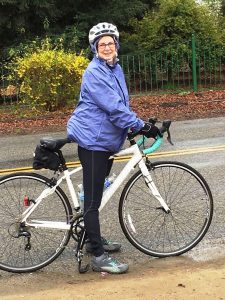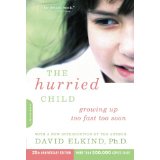“Gratitude is taking a snapshot of an outstanding moment and
filing it away in your heart.” – Coach Bobbi
A lot of what we hear and see these days about the COVID-19 pandemic is frightening and upsetting. “Journaling is an amazing tool for working through your thoughts and emotions, which  can be incredibly helpful during chaotic times like this.”1
can be incredibly helpful during chaotic times like this.”1
“Writing helps to organize thoughts, facilitate integration, and helps you accept your own experiences and put them in context,” says Dr. Emmons, a professor at the University of California, Davis.2 “In essence, it allows you to see the meaning of events going on around you and create meaning in your own life.”
For instance, in all the confusion of what to touch or not, mask or no mask, what can I be thankful for?
In January I bought a glass “blessings jar.” Each night I write on a 1.5” x 2.5” index card a blessing from the day. Some days it’s easy, while other days are more challenging. Monday’s blessing was an iridescent hummingbird in our yard for the first time. As a back-yard bird watcher this thrilled me. Today was wild blackberry frozen yogurt.
Improve Your Health by Giving Thanks
Gratitude has not only emotional benefits, but physical benefits as well. People who practice gratitude consistently report a host of health benefits. Here’s five of them:
-
- immune systems are stronger,
- not as bothered by aches and pains,
- blood pressure is lower,
- get better sleep, and
- have fewer symptoms of illness.2, 3
Choose a Journal
Choosing a journal sounds simple but there are many options available. There are gratitude journals that are just for this type of journaling. I prefer a traditional handwritten journal with lines. Sometimes I select a journal that corresponds with something going on in my life. Other times I may chose a religious one with bible verses written throughout. Sometimes I choose a fun journal, like my 34th journal I’m using now with adorable llamas all over the cover.
Computer Apps
Not only are there handwritten journals, there are awesome apps for starting and keeping a gratitude journal. Android & iOS
apps typically range from free to $4.99 but watch the free apps as some only allow so many entries and then charge for further use or charge for additional features or offer a premium app. Some apps charge a monthly fee. Will you journal on your smart phone, tablet, or desktop computer? Which would be more convenient? Before selecting your app, think about where you will be writing in it. I write in my journal at night in bed.
Schedule Gratitude
Decide how many gratuities you want to write each day and when you’ll actually write them down. I write one blessing each day. The most common number seems to be three, but I’ve seen as high as ten. Most people write every day, but I read several comments that writing every day causes burnout. Writing once or twice a week is more doable long-term. Try to be flexible with yourself. Don’t give up if you miss occasionally because you aren’t in the mood as this practice can help change your mood.
Challenge Yourself
If you find yourself writing the same gratitude over and over like your home, job, spouse or children, try to notice more subtle things. What do you appreciate about your spouse or children? What do you like about your home or job? You can find countless gratitude prompts on the internet. Here are 5 prompts you may find helpful if you get stuck.
- “What abilities do I have that I’m grateful for?
- What experiences have I had that I am grateful for?
- What have others in my life done that I am thankful for?
- What am I taking for granted that, if I stop to think about it, I am grateful for?
- What is different today than it was a year ago that I’m thankful for?”4
Go for depth over breadth
says author Jason Marsh. “Elaborating in detail about a particular thing for which you’re grateful carries more benefits than a superficial list of many things.”2
Gratitude to Others
Elizabeth Scott, stress management expert, reminds us that we don’t have to save our gratitude just for our journal. “Tell the people in your life how much you appreciate them. From people in your family to salesclerks and postal employees you encounter in your day, everyone likes to know that they’re appreciated. And their positive reactions can help put you in a positive mood, too.”5
Recently I told the postal delivery man thanks for delivering the mail every day. His response surprised me and made me smile. “I enjoy it so much I don’t even think of it as a job.” Who can you express gratitude to and for what?
The COVID-19 pandemic is frightening and upsetting; a gratitude journal may be just what you need to help not only see the meaning of the events around you but create meaning in your own life. What are you grateful for today?
Sources:
- 15 Self Care Ideas for Coronavirus Quarantine https://www.lavendaire.com/staycation/
- Tips for Keeping a Gratitude Journal, Jason Marsh, November 17, 2011, berkeley.edu/…/tips_for_keepi…
- Eight Life Changing Benefits of Gratitude, Marelisa Fabrega, http://daringtolivefully.com
- 17 gratitude-prompting questions for your Gratitude Journal, Curt Rosengren, January 4, 2013, com › Energize your life
- How to Maintain a Gratitude Journal for Stress Relief, Elizabeth Scott, M.S., about.com/od/positiveattitude/ht/gratitude_journ.htm
- Image: Gratitude Journal [Flickr.com]

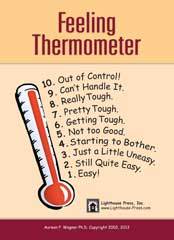 a complementary
a complementary 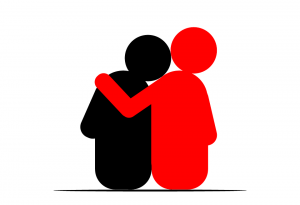 level of kindness to ourselves?” asks Emily Ferguson, author of 10 Different Ways to Practice Self-Care.1
level of kindness to ourselves?” asks Emily Ferguson, author of 10 Different Ways to Practice Self-Care.1 Good advice especially during the COVID-19 Pandemic. But what is meant by self-care?
Good advice especially during the COVID-19 Pandemic. But what is meant by self-care?
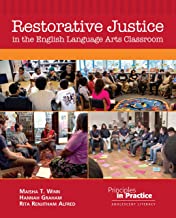 Always on the lookout for new restorative practices resource books I’m delighted with my latest find, Restorative Justice in the English Language Arts Classroom. This five-chapter, 126-page book by Maisha T. Winn, Hannah Graham, and Rita Renjitham Alfred integrates restorative justice principles throughout as it applies to English Language Arts (ELA) classrooms.
Always on the lookout for new restorative practices resource books I’m delighted with my latest find, Restorative Justice in the English Language Arts Classroom. This five-chapter, 126-page book by Maisha T. Winn, Hannah Graham, and Rita Renjitham Alfred integrates restorative justice principles throughout as it applies to English Language Arts (ELA) classrooms.